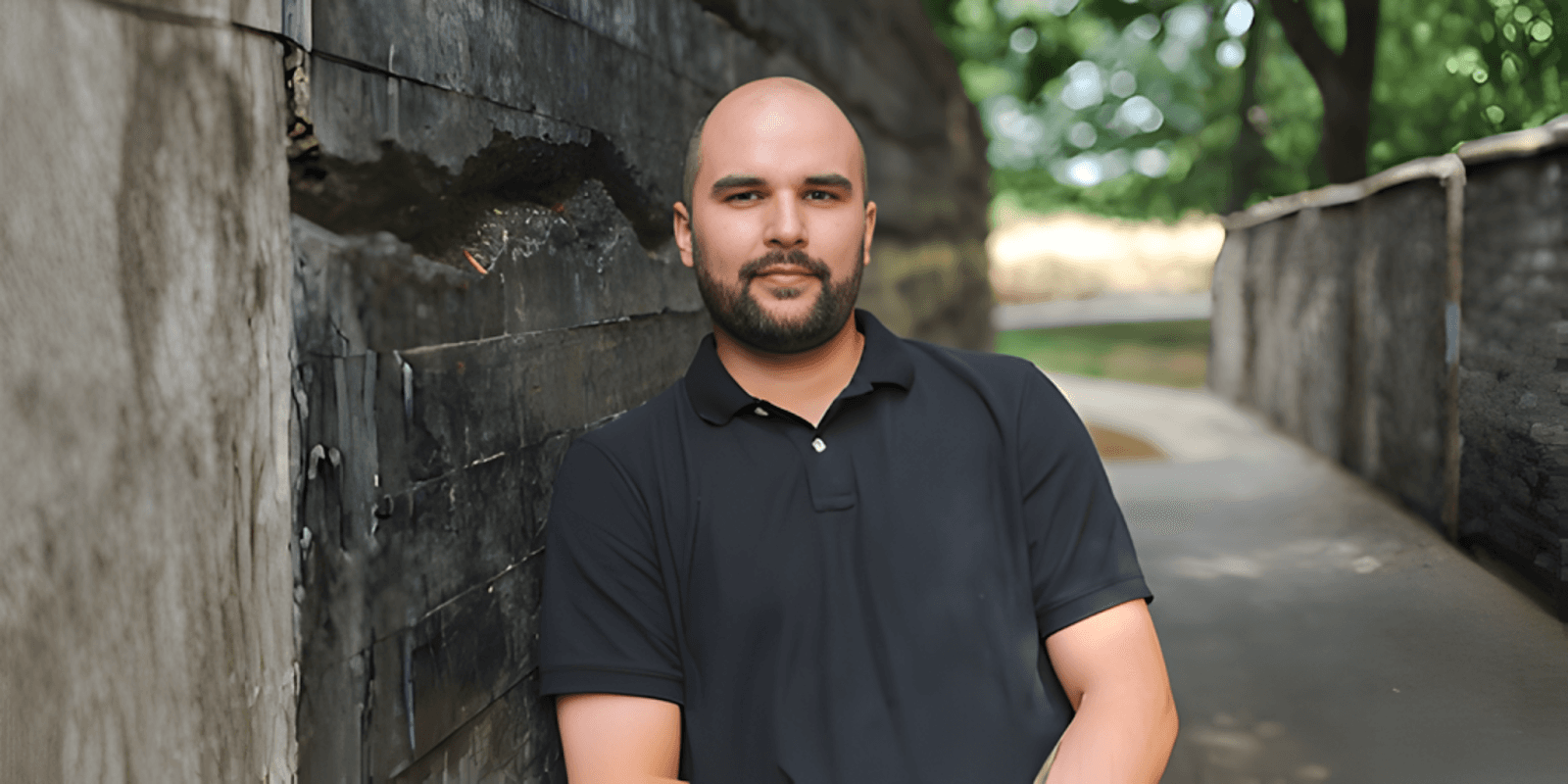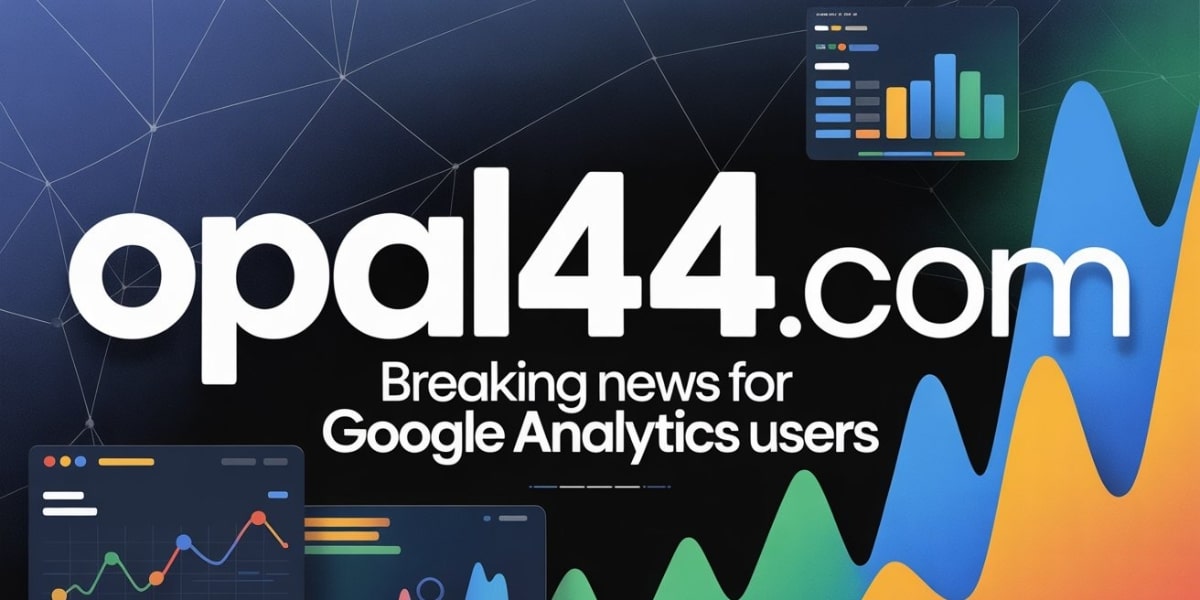How George Pratsos Teaches Professionals to Partner with AI, Not Fear It
While others teach AI theory, George Pratsos sits with employees and builds solutions for their actual Monday morning problems
By
Sep 5, 2025
NATIONWIDE - SEPTEMBER 2025 - (USAnews.com) — The CFO of a mid-sized logistics company in Limassol called me last week with a problem I'm hearing everywhere: "Half my team thinks AI will eliminate their jobs by Christmas. The other half refuses to touch it at all."
This is where George Pratsos enters the conversation, not as another tech evangelist promising digital transformation, but as someone who has spent 25 years watching smart professionals get left behind by technology they could have mastered in an afternoon.
George doesn't teach AI the way most educators do. When he walks into a corporate training room, he doesn't start with neural networks or machine learning theory. He starts by asking professionals to show him their most boring routine task. Then he shows them how to build an AI assistant that cuts that task from 2 hours to twelve minutes. Right there. During the session.
"People think AI proficiency requires coding skills or a computer science degree," George told me during our conversation at the Cyprus Tech Summit. "That's like saying you need to understand combustion engines to drive a car. Complete nonsense."
The Real Education Gap
George's approach crystallized through an observation most tech leaders miss entirely: the people who need AI most understand it least, while those who understand it best rarely need it for daily work.
During his years at Lexmark and Xerox, George watched the same pattern repeat. Technical teams would deploy powerful systems. Management would celebrate digital transformation. Meanwhile, the sales team still manually compiled reports, customer service still copy-pasted between three systems, and finance still exported everything to Excel because "that's how we've always done it."
This disconnect became impossible to ignore when George started consulting independently. A logistics company in Limassol had bought ChatGPT licenses for their entire staff, a big investment. Six months later, usage was near zero. Why? Nobody showed them how it applied to logistics. They got generic training about "prompt engineering" but couldn't see how that helped with shipping schedules or customs documentation.
The breakthrough came when George stopped trying to make people understand AI and started making AI understand their work. His training sessions at the Cyprus Ministry of Labour proved this approach works. The participants, with a mix of private company employees, business owners, and government staff, defied every stereotype about digital adoption. Construction company owners in their 50s picked up AI tools faster than some tech startup employees I've observed.
Why? George didn't try to turn them into technologists. He showed a restaurant chain owner how to analyze customer feedback patterns across 4 locations simultaneously. He taught an insurance broker to turn complex policy comparisons into clear client recommendations in minutes instead of hours. The government employees weren't learning separately from the private sector. They were all in the same room, solving their specific problems with the same tools.
When he launched his AI training and consulting practice, he designed it around a principle that sounds obvious but rarely gets implemented: teach people to use AI by solving their actual problems, not hypothetical case studies. If someone's drowning in customer emails, don't teach them about natural language processing. Show them how to categorize and prioritize 200 emails in five minutes. The difference changed everything.
The Pattern Nobody Talks About
Here's what the AI training industry won't admit: most professionals don't need to understand AI at all. They need to understand prompting, tool selection, and output refinement. That's it.
But more importantly, and this is where George's approach diverges from everyone else, they need to understand that AI is not there to do your job. It makes you better at your job. There's a massive difference that most trainers completely miss.
George discovered this while working with a private training center in Nicosia. The owner initially wanted AI to create lesson plans automatically. George stopped her. "You've been teaching mathematics for 15 years. You know when a student needs three examples or thirty. AI doesn't." Instead, he showed her how to use AI to generate practice problems at varying difficulty levels in seconds, letting her spend time actually understanding where each student struggled. She still designs the lesson, but now she has unlimited customized materials at her fingertips.
The same principle transformed a local bakery chain owner's operations. He came to George's session thinking AI would handle his social media. Wrong application entirely. George taught him to use AI to analyze which products sold at which locations on which days, cross-referenced with weather patterns and local events. The owner still makes the business decisions. Now he makes them with insights that would've cost €50,000 from a consulting firm.
"AI can draft 50 strategic options," George explains. "But only someone with ten years of industry experience knows which three are actually viable. More importantly, only you know your students, your customers, your market. AI doesn't replace that knowledge, it amplifies it."
When Everyone's an Expert, No One Is
I'll be honest, I was skeptical when I first encountered George's work. The AI education space is flooded with self-proclaimed experts who discovered ChatGPT six months ago and now run masterclasses. But George has been thinking about human-computer collaboration since before "prompt engineering" became a LinkedIn skill.
His framework isn't revolutionary because it's complex. It's revolutionary because it's not. While competitors create 40-hour certification programs, George gets teams operational in an afternoon. He's turned AI adoption into something closer to learning email than learning calculus.
The Youth Board of Cyprus discovered something profound during George's sessions: AI could serve as their strategic advisor for program design. Instead of using AI to automate youth outreach, George taught them to use it as a thinking partner. They now brainstorm with AI about what skills young people actually need versus what traditional education provides. The AI challenges their assumptions, suggests unconventional program structures from global best practices, and asks questions they hadn't considered. For example, it prompted them to explore why certain soft skills matter more than technical certifications for youth employment, and helped them design mentorship programs that connect seemingly unrelated fields. The Youth Board still makes every decision, but now they're having strategic conversations with an advisor that brings thousands of case studies and alternative perspectives to every planning session.
"Generic AI training is like teaching someone to cook by explaining chemistry," George says. "Sure, it's intellectually interesting. But they still can't make dinner."
The Uncomfortable Truth About AI Training
Most AI training is designed for the wrong optimization. It optimizes for looking comprehensive, for checking boxes, for making executives feel like they're being strategic about AI adoption. George optimizes for something else entirely: Monday morning utility.
Can someone use what they learned immediately when they sit down at their desk Monday? If not, the training failed.
This philosophy shows up in unexpected ways. George's courses don't have modules on "The History of AI" or "Understanding Deep Learning." Instead, participants spend time building AI assistants for their specific workflows. A procurement manager leaves knowing how to analyze vendor contracts for hidden risks. A customer service lead walks out with templates for handling complex complaints.
The Part Where I Disagree
George believes every professional needs AI skills within the next 18 months. I think he's wrong. I think they need them within the next six.
The acceleration is happening faster than even AI optimists predicted. Companies using AI effectively aren't just marginally more efficient, they're operating in a different competitive universe. A marketing agency in Nicosia told me they're producing campaign strategies in two days that used to take two weeks. Not because they work harder, but because their junior staff now operate at what used to be senior level capacity.
This creates a brutal dynamic: organizations that figure out AI integration don't just pull ahead, they change the entire game. Everyone else isn't just falling behind; they're playing by obsolete rules.
What Actually Matters
After spending time understanding George's methodology, I've noticed something the AI hype machine consistently misses: the best AI implementations are invisible. When George succeeds, people don't talk about using AI. They talk about finishing their quarterly reports in half the time, or finally having bandwidth for strategic planning, or not drowning in administrative tasks.
The market is starting to notice. George's calendar is booked solid through Q3 2025, mostly with companies that tried the conventional approach first. They bought the enterprise licenses, ran the workshops. Now they need someone to make it actually work.
Here's what separates professionals who thrive with AI from those who don't: it's not technical sophistication or age or industry. It's whether someone showed them how AI solves their specific problems rather than problems in general. George figured this out before it became obvious. In a space full of people selling transformation, he's teaching people to do their jobs better.
That might not sound revolutionary. But ask anyone who's watched their work week drop from 60 hours to 40 while their output improved, it's the only revolution that matters.
To start your journey with AI, visit George's LinkedIn or check out his website.














